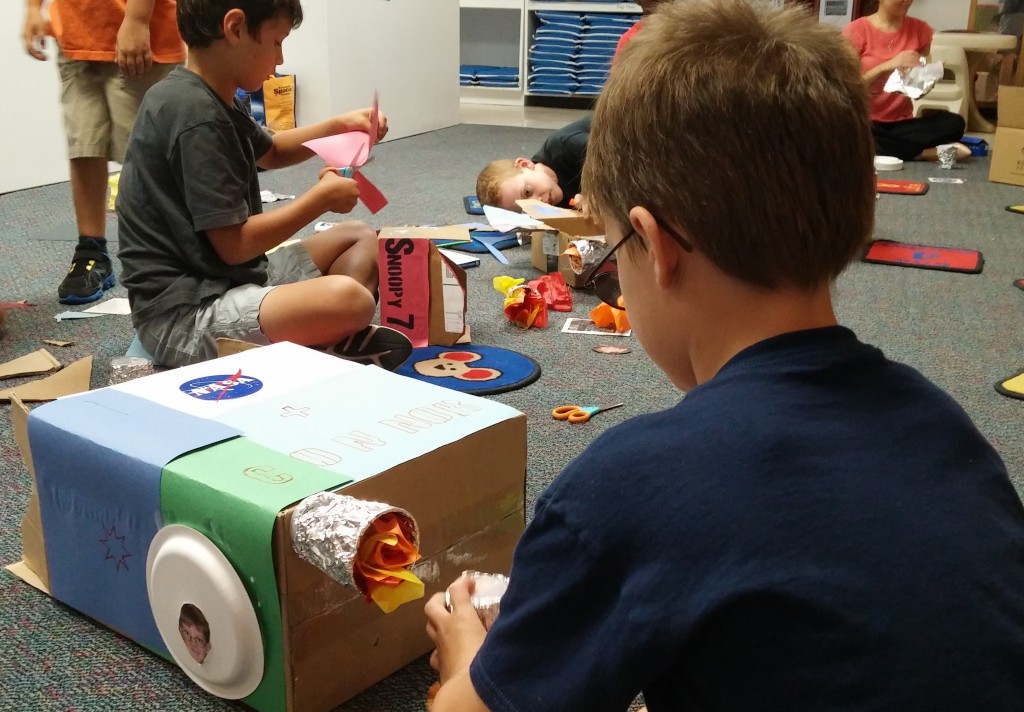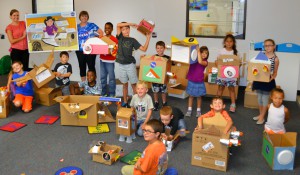
NASA received more than 3,000 entries from around the world for this year’s Commercial Crew Program (CCP) Children’s Artwork Calendar contest. Of those, the agency has selected 36 first-, second-, and third-place winners to display in the calendar for 2024.
The contest invited children to submit original artwork related to four overarching themes: rockets and spacecraft, astronauts, living and working in space, and exploring the solar system. Within each theme, submissions were divided into three age groups – 4-6, 7-9, 10-12 – with each age group receiving a first-, second-, and third-place winner.
The colorful 2024 calendar features the first-place artworks for each age group and theme in large format at the start of each month. Each month also includes smaller thumbnails of the second- and third-place winners. The back cover of the calendar includes a collage of all first-place winners. To see a list of all winners, and to download a digital copy of the calendar, visit: https://www.nasa.gov/commercial-crew-artwork-contest/.
Thank you to all the young artists who submitted artwork for this year’s contest and to the winners who helped CCP create an out-of-this-world calendar!
To learn more about NASA’s Commercial Crew Program, visit www.nasa.gov/commercialcrew. For fun online resources for the young and young at heart, visit www.nasa.gov/learning-resources/for-kids-and-students.



 “Sometimes when you are an engineer, you have to get it wrong, before you can get it right,” said Rebecca Regan, an employee at NASA’s Kennedy Space Center.
“Sometimes when you are an engineer, you have to get it wrong, before you can get it right,” said Rebecca Regan, an employee at NASA’s Kennedy Space Center.


